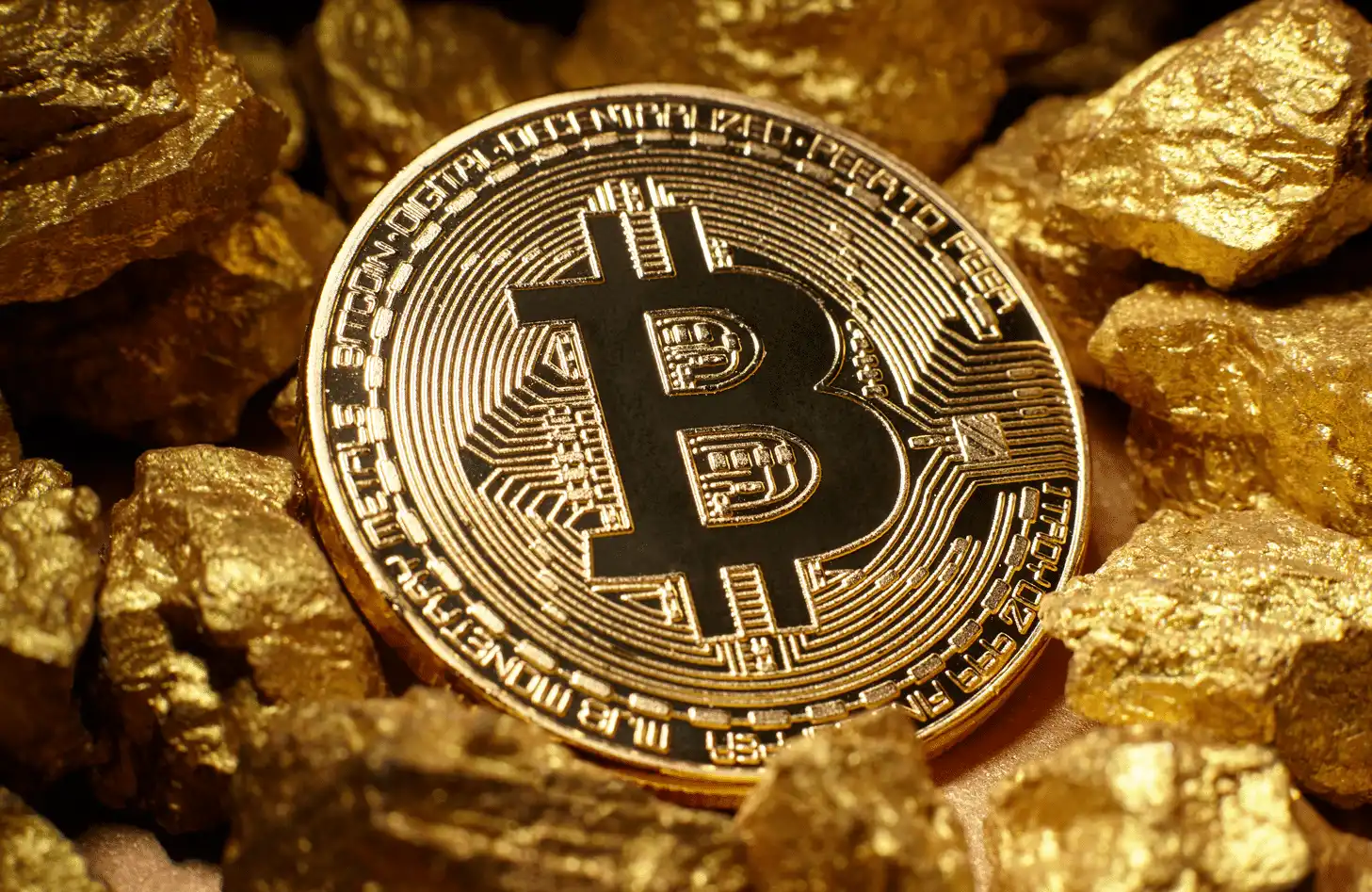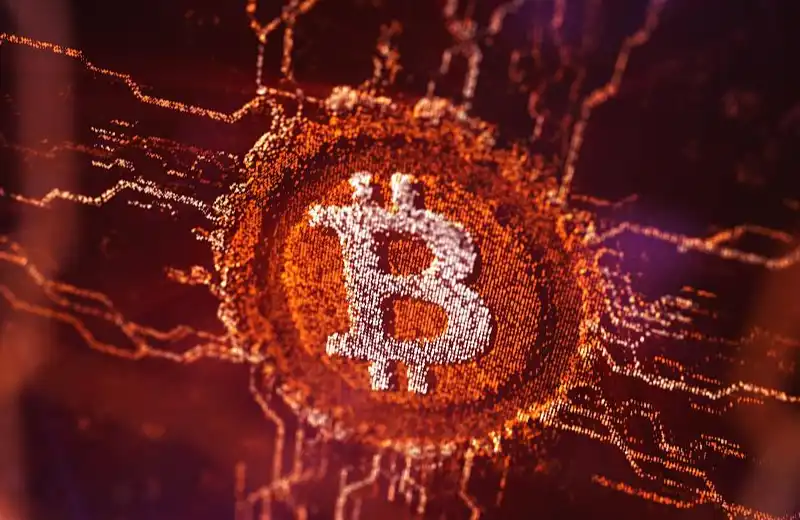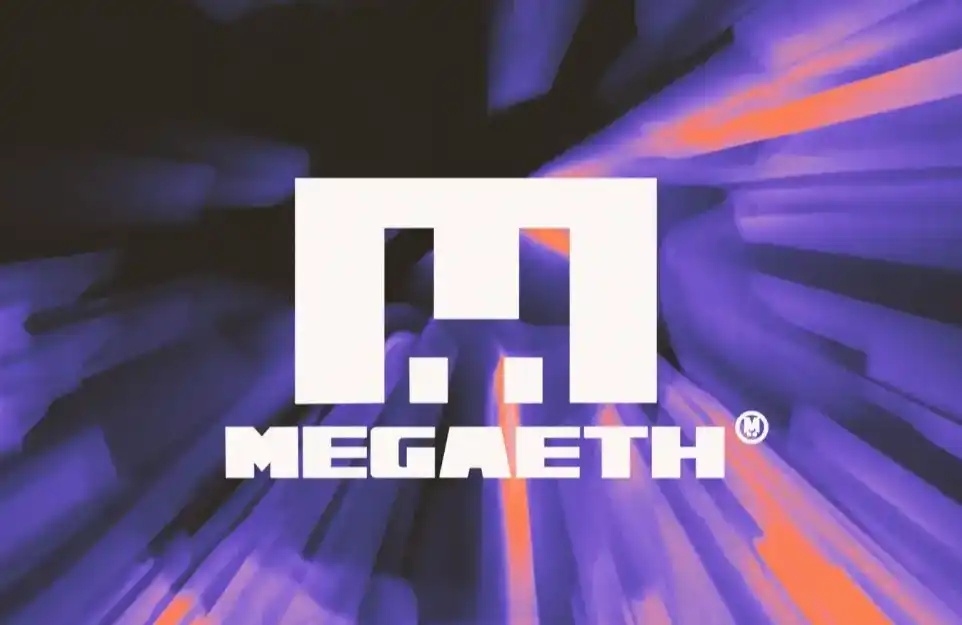Stablecoins = discourse power, what did Binance lose?
Original Title: "Stablecoin=Discourse Power, What Did Binance Lose?"
Original Author: Spinach Spinach
Original Source: SevenUp DAO
U: An Asset Essential to Encryption
In the world of encryption, what do people hold the most and use the most widely? Bitcoin? Ethereum? Neither. It is stablecoins, which we commonly refer to as U.
A newcomer to the industry, what would they typically do when they want to buy cryptocurrency? They would buy U on a trading platform.
What do people usually do when they think the market is going to fall? They exchange their coins for U as a hedge.
What does a dogcoin miner usually do when they want to sell their coins and exit the market? They usually convert their coins into U.S. dollars.
Everyone in the world of encryption seems to rely on stablecoins, but do people really understand stablecoins? Why are stablecoins "stable"? What is the significance of stablecoins?
Spinach will first answer the above questions for everyone, and then talk about the matter of BUSD.
Stablecoins' significance in the cryptocurrency industry
First, let's talk about the significance of stablecoins. Can you imagine a crypto world without stablecoins?
If stablecoins do not exist and I want to buy a Bitcoin with fiat currency, the purchase process may be as follows: the seller provides a payment channel - I transfer the payment to the seller's payment channel - I provide a wallet address - the seller transfers BTC to my address. This whole process takes more than ten minutes or even several tens of minutes. Just the confirmation of Bitcoin transfer takes at least ten minutes (confirming one block in ten minutes). If it is an off-exchange transaction, it is easy to encounter a run-off, and due to the high volatility of encrypted assets, there may be a drastic fluctuation within a few minutes. I may spend 10,000 yuan to buy a Bitcoin, but when it reaches my hand, it has dropped to 8,000 yuan. Waiting for a long time is not the only problem, there are also many unstable factors. For institutions with large amounts of funds, it is difficult to find corresponding counterparties, and it will also be very troublesome to sell.
So with stablecoins, people can exchange fiat currency for stablecoins and store them in their wallets. With stablecoins as a low-volatility value carrier, people can exchange and trade other cryptocurrencies on trading platforms at any time, creating a stable trading medium between different volatile cryptocurrencies. This also provides a safe and stable carrier for large institutional funds.
Therefore, the significance of centralized stablecoins lies in their low volatility, which not only serves as a "safe haven" for value storage during market fluctuations, but also serves as a trading medium on trading platforms to quickly match buyers and sellers, greatly improving trading efficiency and providing a secure value carrier for the entire cryptocurrency market, thus carrying larger volumes of funds.
Stablecoin's Intrinsic Differences
So how do stablecoins maintain their "stability"? What is the difference between centralized stablecoins and decentralized stablecoins that people often talk about?
First, let's talk about the most important centralized stablecoin:
Centralized stablecoins are encrypted assets issued on the chain by centralized issuing institutions through off-chain asset collateral. In simple terms, the institution deposits a certain amount of dollars in the bank and issues a corresponding amount of stablecoins on the chain to ensure a 1:1 exchange rate.
USDT, USDC, and the protagonist of this event, BUSD, are all centralized stablecoins. These three stablecoins occupy a dominant position in the stablecoin market. In fact, we can understand these stablecoins as on-chain exchange coupons for institutions' US dollars. Holding these coupons, one can exchange them with institutions for real US dollars at a 1:1 ratio. This is also why centralized stablecoins are "stable". Institutions only need to ensure that they have enough US dollars to redeem them.
Decentralized Stablecoin
Regarding decentralized stablecoins, Bocai categorizes them as stablecoins generated by smart contracts rather than centralized institutions. Decentralized stablecoins can be divided into over-collateralized stablecoins and algorithmic stablecoins (such as the collapsed UST), and of course, there are also stablecoins that combine over-collateralization and algorithms. However, Bocai will mainly introduce over-collateralized stablecoins, such as the famous DAI and upcoming GHO and crvUSD.
Super-collateralized stablecoins, as the name suggests, are stablecoins that can only be generated by over-collateralization. For example, in MakerDAO, if I collateralize Ethereum worth 100 dollars, I can only generate DAI worth 65 dollars, relying on smart contracts for settlement and governance. Centralized stablecoins and decentralized stablecoins have different functions and roles besides their different issuers.
Difference 1: The issuance of centralized stablecoins means that real money from the outside world flows into the crypto world, resulting in an expansion of the fund size (not just printing money out of thin air, but with collateral). However, the issuance of decentralized stablecoins currently does not lead to an expansion of the market size, which is related to its generation method. Essentially, over-collateralized stablecoins are generated by locking the liquidity of collateral, and do not belong to the funds entering the crypto world from the outside world.
Difference 2: Centralized stablecoins, backed by centralized issuing institutions with fiat currency as collateral, can act as a "safe haven" in times of market volatility. On the other hand, over-collateralized stablecoins that use volatile assets as collateral face significant liquidation risks during market turbulence and cannot be safely used as a store of value.
Centralized USD stablecoins dominate the crypto industry
If a centralized stablecoin is used as collateral, then this over-collateralized stablecoin is more like a shell for a centralized stablecoin. Therefore, the significance of over-collateralized stablecoins is more like a leverage tool. People use collateral assets to obtain over-collateralized stablecoins to increase asset leverage and capital efficiency. They then use the over-collateralized stablecoins to purchase volatile assets or generate interest.
Let's take a look at the current market share of stablecoins. The combined market value of the three centralized stablecoin giants, USDT, USDC, and BUSD, is already in the tens of billions. In comparison, the market value of the highest valued decentralized stablecoin, DAI, is only 5 billion, making it a little brother in front of centralized stablecoins. Therefore, it is clear that in the stablecoin market, centralized USD stablecoins are the big players.

How influential can the United States be in the encryption industry?
Everyone will notice a phenomenon, which is that stablecoins are almost all denominated in US dollars, because the United States has dollar hegemony. What is dollar hegemony? It means that the United States can exchange goods or services from other countries by printing white paper or adding some numbers with its fingers, and can also transfer crises to the world and some unique privileges of the United States by printing money.
The topic of the US dollar hegemony is quite significant. Understanding the US dollar hegemony and the US dollar tide can help you understand why there was a bull market in Bitcoin that surged to $60,000 and the current bear market caused by the US dollar's interest rate hike and balance sheet contraction. If you want to further understand this topic, you can read a research report on the US dollar hegemony and stablecoins written by Bocai and @BirkSamo.
Is the mainstream stablecoin a continuation of the US dollar hegemony?
https://mirror.xyz/bocaibocai.eth/_66d8wRKfs7ZYBfqgMOHH4Lm3GWrRfWg-7fkzU-hMPQ
The conclusion of the research report is that stablecoins, as a mapping of the US dollar in the real world, are the best bridge for the US dollar hegemony to exert influence on the cryptocurrency world. Therefore, since the top three stablecoins are all generated by pledging the US dollar, they will naturally be subject to US regulation. The issuers of USDC and BUSD, Circle and Paxos, are licensed institutions in the United States (naturally, they have to listen to the boss on US territory).
So even the USDT issuer Tether, which is not based in the United States, cannot escape US jurisdiction. Tether was fined $41 million by the US Commodity Futures Trading Commission for concealing reserve truths. Therefore, we understand that these stablecoin issuers must obediently listen to the United States. If they do not comply, the United States has many ways to deal with these issuers.
Why is it BUSD?
I believe everyone can feel the influence of the United States in the event of BUSD being suspended. The market value of tens of billions of dollars of BUSD was stopped just like that. But why does it have to be BUSD? Personally, I think it is related to SBF, with some political and personal grudges involved.
Everyone knows about the collapse of the FTX business empire, and how many people are unable to withdraw their assets from the FTX trading platform, causing significant negative impact.
SBF has a very close relationship with the US political arena. After the incident with SBF, it was revealed that about 37% of US congressmen had received political donations from SBF, including the newly elected US House Speaker McCarthy. It is not difficult to imagine how many people in the US political arena have assets in FTX or have invested in projects related to SBF. It is also not difficult to imagine how much damage these politicians suffered after the collapse of FTX.

If we click on the official website of BUSD issuer Paxos, we can find that in addition to BUSD, there is also a stablecoin called USDP. So why only BUSD is being targeted? It is not difficult to exclude that this is targeting Binance. Some people may say that Binance has privately over-issued and engaged in some illegal behaviors. What if the issuer of USDC, Circle, did the same thing? Will the outcome be the same as BUSD or will it be resolved with a fine?
So what does BUSD being locked up mean?
Personally, I think that the significance of stablecoins lies in the further consolidation of the United States' discourse power and control in the world of encryption. Why do I say this? I believe that in the world of encryption, whoever controls stablecoins holds the power of discourse, and even the power of life and death over some protocols. Can decentralized stablecoins escape the jurisdiction of the United States? Let me explain one by one.
A fact to share: Currently, 60% of the collateral for the largest decentralized stablecoin, DAI, is stablecoin USDC. What does this mean? It means that the stability and pegging of DAI to the US dollar largely depends on USDC. If the collateral were volatile assets, DAI would easily detach from its peg in extreme market conditions. Once a stablecoin experiences severe detachment, it becomes difficult for people to continue trusting and using it.

So why is it said that mastering stablecoins can also give you the power of life and death over some protocols? If you open the USDC smart contract on the Ethereum blockchain explorer, you will find a function called Blacklist, what is it for? Yes, it is a blacklist that can blacklist any address on Ethereum (including protocols).
When you blacklist an address, it means that all USDC on that address will be frozen and unable to perform any operations. Imagine if the US were to blacklist MakerDAO's protocol using USDC, what would happen? This is the terrifying power of stablecoin discourse. If the US wants to, they can blacklist any address they want to sanction through stablecoin issuers, even on the BSC chain.
So this time, Binance not only lost a stablecoin, but also its voice. If the crypto world wants to truly resist censorship and achieve decentralization, it needs stablecoins that are not controlled by the US and not denominated in USD. However, it is very difficult to achieve this goal under the backdrop of USD hegemony. MakerDAO has also realized this problem and has begun its plan to achieve true decentralization and break away from the USD.
困局终会打破
translates to
The deadlock will eventually be broken
Despite the fact that the world of encryption seems to be going against the "decentralized spirit", it is difficult for us who were born at this time to understand the development of technology. Just as people in the era of horse-drawn carriages could not imagine the future of cars replacing horse-drawn carriages, and users of the old Internet in the PC era always underestimated the subversion brought by mobile Internet, the big shots of Web2 entering Web3 will also have various discomforts. The charm of this industry lies in its amazing iteration speed.
From the earliest BTC, to the "blockchain world", and then to the "cryptocurrency world", to now where we refer to ourselves as "Web3", this is not just a iteration of promotional terms, but also a reflection of the rapid development of technology behind it.
With the massive investment from venture capital and the increasing migration of Buidlers worldwide, the future situation is bound to surpass the imagination of all of us in the industry. Perhaps in a few years' time, the current predicament will be resolved in unexpected ways.
Original article link
Welcome to join the official BlockBeats community:
Telegram Subscription Group: https://t.me/theblockbeats
Telegram Discussion Group: https://t.me/BlockBeats_App
Official Twitter Account: https://twitter.com/BlockBeatsAsia


 Forum
Forum Finance
Finance
 Specials
Specials
 On-chain Eco
On-chain Eco
 Entry
Entry
 Podcasts
Podcasts
 Activities
Activities
 OPRR
OPRR








